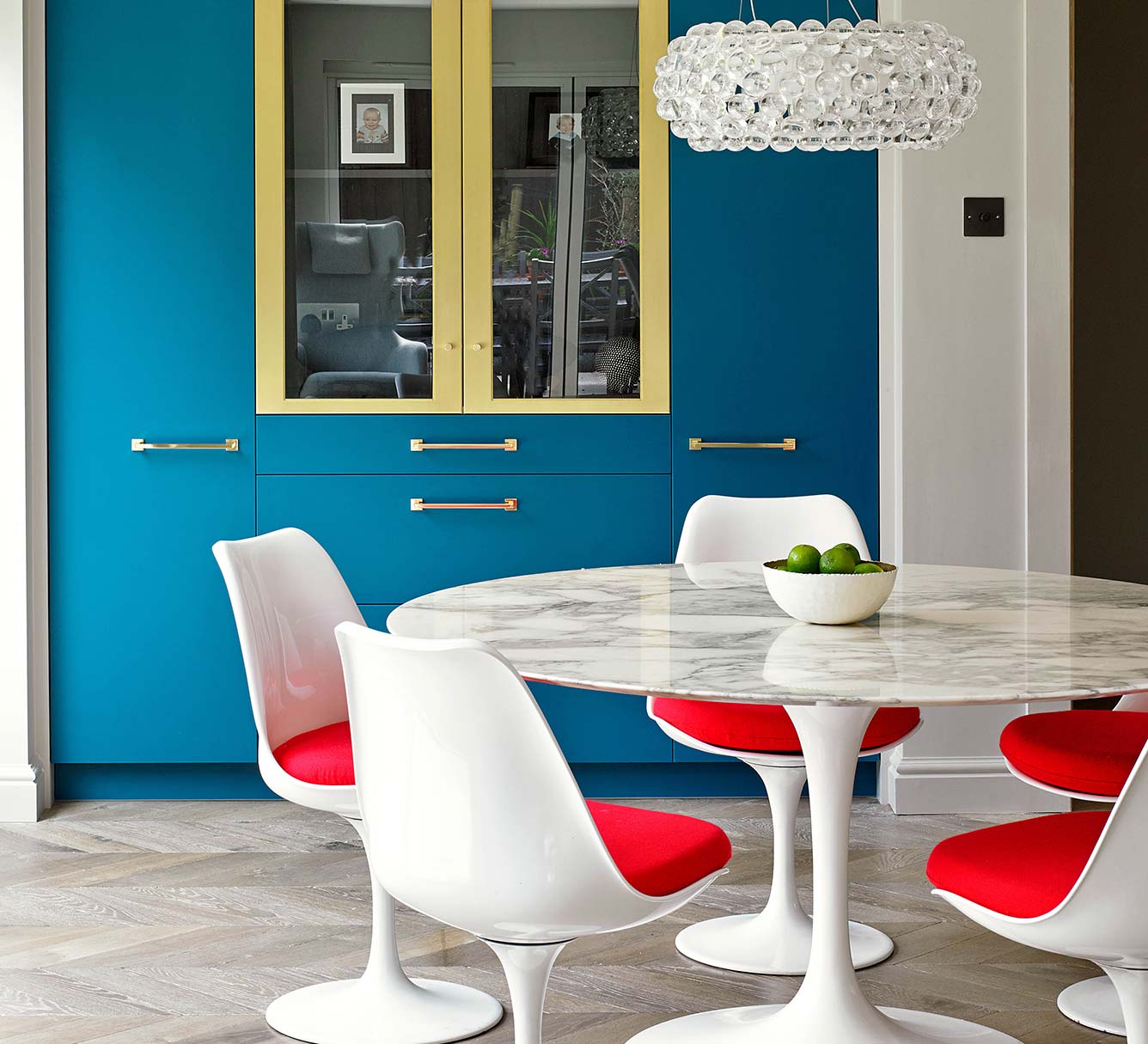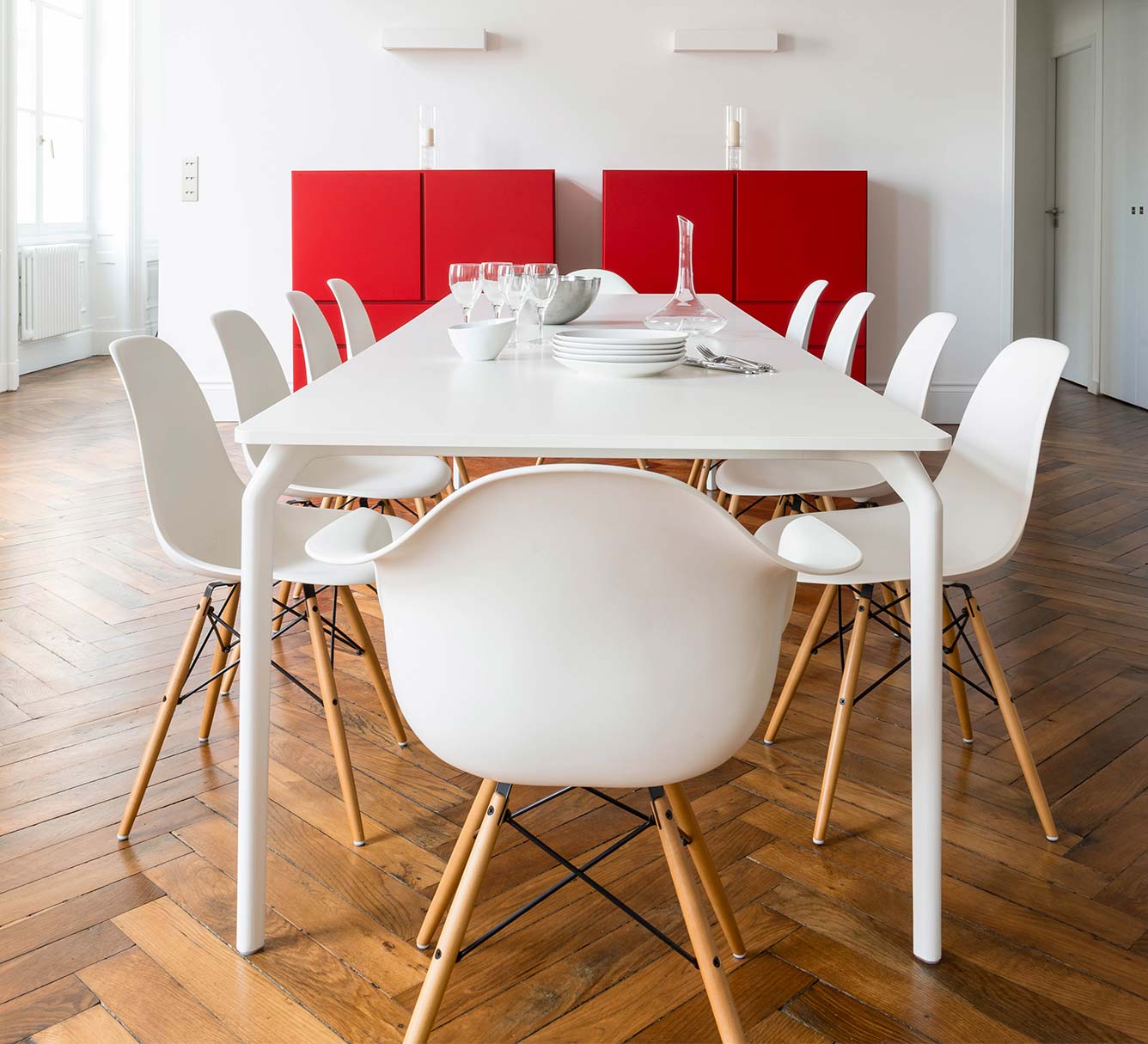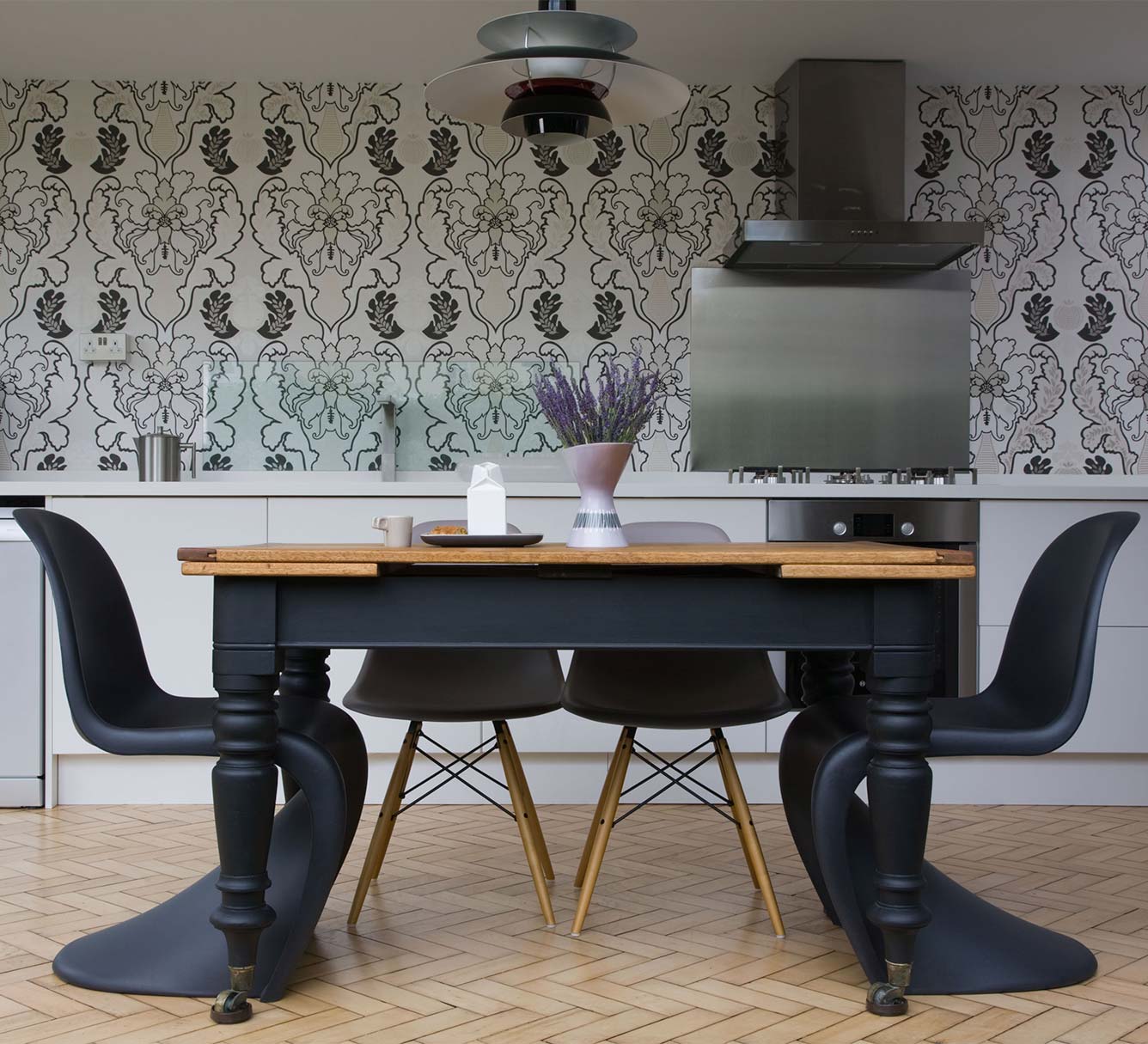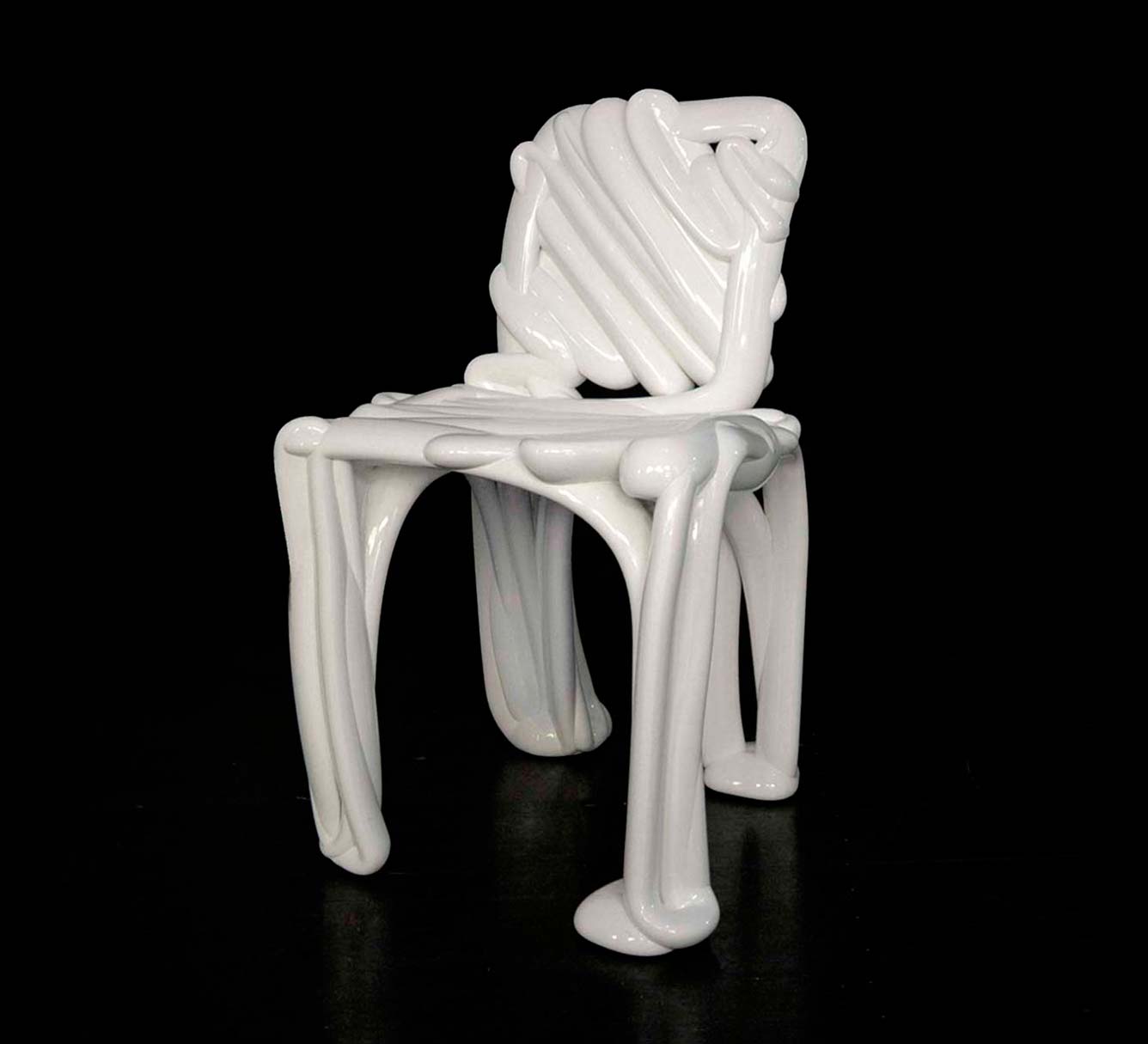In order to be irreplaceable, one must always be different – Coco Chanel.
Much like the clothes we wear, our homes aim to reflect the people we really are or aspire to be.
The work of interior designers has played a large part in this through the centuries, with each taking full advantage of the increasing range of materials at their disposal to create innovative pieces.
From the mid-20th century onwards, technological advances in plastics, coatings and textiles have transformed the way we dress our homes, blending art with utility, and bringing innovative designs to the mass market.
Titanium dioxide (TiO2) has played a large part in this, with its opaque, smoothing and brilliant white characteristics enabling the creation of some of the most iconic pieces of furniture on the planet.
Furniture paint
Wooden furniture
One of the issues with recycled wood stems from its uneven colouring and texture. Here, TiO2 coatings are used to blend and add smoothness.
Its bright appearance means that, when used in paint or coatings applied to wood or wood-containing materials, it provides a consistent, smooth finish.
This allows designers to blend together various sources and species of wood, which can then be coated by paint, plastic foil or by laminate application, all potentially containing TiO2.
Plastic and laminate applications also allow for printing of wood grains or other graphics onto white décor paper or white plastic foil, giving more creative décor choices to designers.
Plastic furniture
Textile and leather furniture
Within textiles and other fabrics, TiO2 plays an important role in the delustering of man-made fibres – with anastase TiO2 pigments used on polyester, polyamide, acrylic, viscose, rayon – as well as cellulose acetate fibres.
Apart from the pure aesthetics associated with TiO2 pigments, nanoform TiO2 is used for UV protection, boosting the traditionally low ultraviolet resistance of materials, thereby extending useful life.
Cult furniture
A number of iconic designs in production today feature TiO2:




The Eames Chair
Husband and wife team Charles and Ray Eames first made use of plywood as they forged a name for themselves as design visionaries. Their dining and lounge chairs combine plastics with wood and textiles. First produced in 1950, their legendary Eames DWA chair has always been available in an array of colours.
Eero Saarinen’s Tulip range
Revered for his sculptural approach, Eero Saarinen is responsible for some of the most futuristic designs stemming from the 1940s onwards – with his Tulip range breaking new ground with its single pedestal design that used moulded plastic to resolve the “ugly, confusing and unrestful world” beneath tables and chairs. His Womb and Amoeba works are considered two of the most iconic living room pieces.
S Chair by Verner Panton
Having first had the idea for his S Chair in 1960, it took designer Verner Panton several years to realise his dream. Made from a single piece of plastic, it was the first of its kind. Since then, it has featured on the cover of Vogue.
Sketch Chair
Designed by Front, Jureden The Sketch range is the work of four Sweden-based designers: Sofia Lagerkvist, Charlotte von der Lancken, Anna Lindgren and Katya Savstrom. The white Sketch Chair broke new ground in 2005 by using motion capture technology. It was then translated into a 3D-printed reality using polyamide resin. The original is part of the collection in the Victoria & Albert Museum, London.




